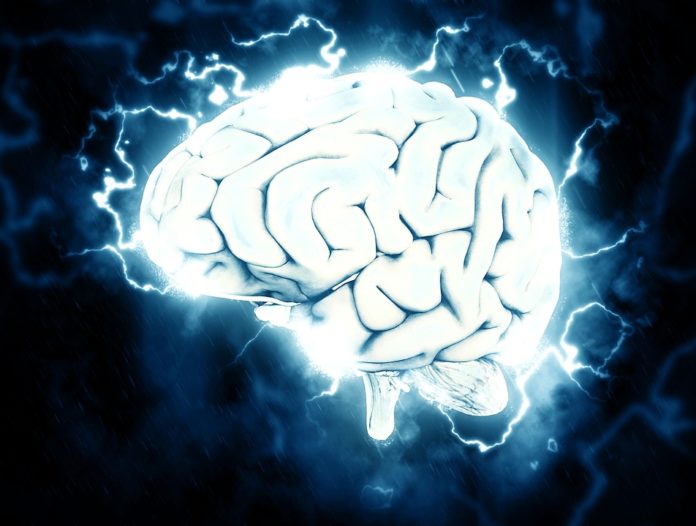The concept of objects is fundamental to cognition and is defined by a consistent set of sensory properties and physical affordances. Although it is unknown how the abstract concept of an object emerges, most accounts assume that visual or haptic boundaries are crucial in this process.
In a new study by the University of Cambridge, the Central European University, and Columbia University, scientists have identified how the human brain is able to determine the properties of a particular object using purely statistical information. It suggests the existence of inner pickpocket in all of us.
Moreover, scientists noted that our pickpockets are so proficient that we can identify objects they have never seen before just by touching them. Likewise, we can anticipate what an object in a shop window will feel like just by looking at it.
Undoubtedly, this is our brain’s ability that breaks up the continuous stream of information received by our sensory inputs into distinct chunks. The pickpocket can translate the sequence of small depressions on their fingers as a series of well-defined objects in a pocket or handbag, while the customer’s visual system can decipher photons as reflections of light from the objects in the window.
Based on statistical analyses of previous experiences, the human brain can instantly identify objects without any boundaries and also predict its unknown properties.
Professor Máté Lengyel from Cambridge’s Department of Engineering, who co-led the research said, “We’re looking at how the brain takes in the continuous flow of information it receives and segments it into objects. The common view is that the brain receives specialized cues: such as edges or occlusions, about where one thing ends and another thing begins, but we’ve found that the brain is a really smart statistical machine: it looks for patterns and finds building blocks to construct objects.”
For the study, scientists designed scenes of several abstract shapes without visible boundaries between them and asked participants to either observe the shapes on a screen or to ‘pull’ them apart along a tear line that passed either through or between the objects.
Participants were then tested on their ability to predict the visual (how familiar did real jigsaw pieces appear compared to abstract pieces constructed from the parts of two different pieces) and haptic properties of these jigsaw pieces (how hard would it be to physically pull apart new scenes in different directions).
The scientists found that participants were able to form the correct mental model of the jigsaw pieces from either visual or haptic (touch) experience alone, and were able to immediately predict haptic properties from visual ones and vice versa.
Lengyel said, “These results challenge classical views on how we extract and learn about objects in our environment. Instead, we’ve shown that general-purpose statistical computations known to operate in even the youngest infants are sufficiently powerful for achieving such cognitive feats. Notably, the participants in our study were not selected for being professional pickpockets — so these results also suggest there is a secret, statistically savvy pickpocket in all of us.”
The results are reported in the open-access journal eLife.
